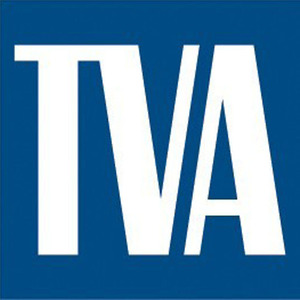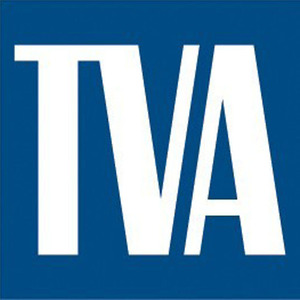KNOXVILLE, Tenn., June 7 /PRNewswire-USNewswire/ -- College students in TVA's Investment Challenge Program once again outperformed the experts on Wall Street in 2009 and, at the same time, earned money for their schools.
(Photo: http://photos.prnewswire.com/prnh/20100304/TVALOGO)
The program is a partnership between the Tennessee Valley Authority and 24 universities in the TVA service territory to provide students a hands-on experience managing a real stock portfolio for the agency.
Over a calendar year, teams of students manage an average of $330,000 of TVA funds per school, by designing long-term investment strategies under the guidance of faculty members. That includes analyzing companies, buying and selling stocks and tracking the risks and returns. The universities operate under similar guidelines as TVA's own professional investment managers.
"The TVA Investment Challenge is a creative use of our resources that offers experience and training for the next generation of financial leaders in the region," TVA Senior Vice President and Treasurer John Hoskins said.
In 2009, the universities collectively beat the average return on the Standard & Poor's 500 index by 5.42 percent, with 31.88 percent returns last year. The program average has beaten the S&P 500 index eight times since it began in 1999.
TVA provided $1.9 million from TVA's Nuclear Decommissioning Trust Fund to start the program. The program's investment pool has now grown to around $8 million.
"The Investment Challenge is not a simulation or paper portfolio. This is real money that we'll one day use to decommission our nuclear plants," Hoskins said. "These students are part of TVA's financial success."
Universities also receive monetary awards based on the amount of assets they managed and the rate of returns. The combined performance awards totaled $71,597 in 2009.
The three top schools for 2009, based on performance, are:
- Lipscomb University, 62.29 percent return
- Western Kentucky University, 45.62 percent return
- East Tennessee State University, 43.83 percent return
Monetary Awards: |
||
Lipscomb University |
$8,602 |
|
Trevecca Nazarene University |
$7,501 |
|
East Tennessee State University |
$6,485 |
|
Western Kentucky University |
$6,106 |
|
Belmont University |
$5,943 |
|
Vanderbilt University |
$5,894 |
|
Alabama A&M University |
$5,565 |
|
Western Carolina University |
$5,374 |
|
University of Alabama, Huntsville |
$4,843 |
|
Mississippi St. University |
$4,137 |
|
University of Tennessee, Chattanooga |
$3,955 |
|
Murray State University |
$2,346 |
|
Union University |
$1,376 |
|
University of Tennessee, Martin |
$1,314 |
|
University of Memphis |
$1,070 |
|
Middle Tennessee State University |
$780 |
|
University of Kentucky |
$306 |
|
Other participating schools include: Austin Peay State University, Tennessee State University, University of Mississippi, Mississippi University for Women, University of North Alabama, Christian Brothers University and Tennessee Technological University.
The Tennessee Valley Authority, a corporation owned by the U.S. government, provides electricity for utility and business customers in most of Tennessee and parts of Alabama, Mississippi, Kentucky, Georgia, North Carolina and Virginia – an area of 80,000 square miles with a population of 9 million. TVA operates 29 hydroelectric dams, 11 coal-fired power plants, three nuclear plants and 11 natural gas-fired power facilities and supplies up to 36,000 megawatts of electricity, delivered over 16,000 miles of high-voltage power lines. TVA also provides flood control, navigation, land management and recreation for the Tennessee River system and works with local utilities and state and local governments to promote economic development across the region. TVA, which makes no profits and receives no taxpayer money, is funded by sales of electricity to its customers. Electricity prices in TVA's service territory are below the national average.
SOURCE Tennessee Valley Authority
WANT YOUR COMPANY'S NEWS FEATURED ON PRNEWSWIRE.COM?
Newsrooms &
Influencers
Digital Media
Outlets
Journalists
Opted In






Share this article